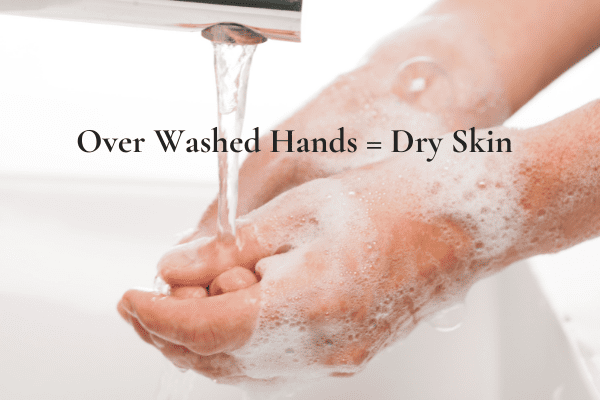
How To Care For Irritated Skin From Over Washing
Coronavirus has changed many of our day-to-day habits, including our hygiene. People are washing their hands and applying hand sanitizer now more than they have ever done before.
But, the impact of repeated hand washing and sanitizing is leading to complaints of raw, dry, cracked skin. Additionally, it exasperates dry skin issues caused by medical conditions such as eczema and psoriasis.
Now more than ever, we need to make sure that we are taking care of our overall health, including our skin.
Prevention & Protection
Skin is made to hold onto moisture and to naturally rejuvenate itself. Frequent hand washing, especially with harsh chemicals from commercial soaps and sanitizers, strip away the natural, protective oils (sebum) in your skin. Repeated use of commercial soaps and sanitizers can cause your skin to dry out because the skin can no longer hold onto moisture.
Over time, your hands can get irritated, inflamed, red, raw and may crack or bleed. It can also lead to skin disorders such as eczema in people who have never had it before. Cracks and open wounds are more susceptible to infections.
5 Tips & Techniques To Help Your Dry Hands
1. CHOOSE YOUR CLEANSER CAREFULLY
Commercial soaps contain harsh chemicals that dry out your skin after repeated use. Cleansers don’t need harsh chemicals in order to effectively clean. Read more: Antibacterial soap vs. Goats Milk Soaps
Our Goat’s Milk Soaps are gentle and free of harsh drying chemicals. The cream in goat’s milk provides exceptional moisturizing quality because it is rich in essential fatty acids and triglycerides. The essential fatty acids have a unique pH like humans, so it is less irritating and more easily absorbed by our skin. SHOP ALL GOATS MILK SOAP
Bar Soap or Liquid Soap?
Personally, I like to wash my hands with a bar of Goat’s Milk Soap, I have a bar at every sink in the house. But, not everyone feels the same way. For decades we’ve been washing our hands with pump soap. And that’s why I finally decided to add an all-natural foaming cleanser to our product line.
Botanical Foaming Hand Wash, is made for people who prefer a pump soap over a bar soap. It is made for non-stop hand washing that will keep hands clean and moisturized.
Unlike any other foam hand soap, Botanical Foaming Hand Wash is made with a hydrating blend of skin loving ingredients that prevent moisture loss. It’s also free of known irritants like dyes, synthetic fragrance, and formaldehyde, so it won’t irritate the skin (even if it’s sensitive).
Our unique fragrance-free formula creates a fluffy, light foam that gently and thoroughly cleans as it soothes and moisturizes. It leaves skin feeling clean, refreshed, and nourished.
2. DON’T RUB WHEN DRYING YOUR HANDS
Gently dry your skin after washing hands or showering, blot don’t rub. Rubbing your skin when your hands are red, sore, or cracked can worsen symptoms of dryness and cause the skin to break open.
3. MOISTURIZE, MOISTURIZE, MOISTURIZE – AFTER EVERY WASHING!
This has always been an important part of any normal skin care routine, but even more important now. Once your hands are dry, immediate use a hand lotion or cream to seal in the moisture. Moisturizing helps to restore your hands’ natural moisture balance, so they can continue to tolerate regular washing and sanitizing. Here are our recommendations:
4. REPAIR YOUR HANDS WHILE YOU SLEEP
A great way to rejuvenate, restore, repair of speed up the healing of your hands is to moisturize your skin right before your head hits the pillow. This is the ideal time to apply a wax-based ointment or balm, a thick cream moisturizer, or a combination of the two in a thick layer to your hands before you go to sleep.
After application, slip on a pair of cotton gloves or cotton socks and sleep with the ointment or cream on your hands for the night. When you wake up, your hands should be softer and dryness, redness, and cracks less visible. Here are our recommendations:
5. EXFOLIATE 2-4 TIMES A WEEK
Exfoliation is one of the most underestimated and neglected skin care procedures, yet it has the greatest impact on our skin’s health and appearance.
Exfoliating is the process of scrubbing off dead skin cells to expose and reveal fresh, new skin below. Removing the dead skin not only helps keep your skin clean, it also opens the way for moisturizing products to penetrate more deeply into the skin, which makes them more effective.
Additional Tips
Avoid hot-air dryers. While the emphasis has been on hand washing to avoid the spread of coronavirus, it leaves out the importance of how to dry them. Hot-air dryers not only dry-out your skin, but they suck bacteria from the air right onto those newly cleaned hands Washington Post. Instead, simply shake your hands dry, and then put on your lotion.
Wear gloves. Prevention is always the best treatment. If you not already doing this, wearing gloves is the best prevention treatment. So whether you’re out on the job, gardening, or simply washing the dishes, gloves will help protect your hands from damage.
Use a humidifier. Particularly in the winter and in dry climates, a humidifier can be a lifesaver when it comes to your skin. The most important place to have one is in your bedroom, so you can take advantage of it while you sleep.
CDC – Handwashing
The CDC has emphasized that people should wash their hands regularly and properly as one of the most effective ways to prevent the spread of infection.
The CDC says that we should scrub our hands for at least 20 seconds to effectively curb the spread of germs. Additionally, they recommend using an alcohol-base hand sanitizer that contains at least 62% alcohol. The CDC adds that hand sanitizers are not as effective as soap and water at removing dirt and don’t get rid of all germs. CDC – When and How to Wash Your Hands
Written By: Mary Ellen Wank, Wellness Advocate and Founder of LATIV, Natural Skin Revival DISCLAIMER
March 21, 2020 2:57 pm

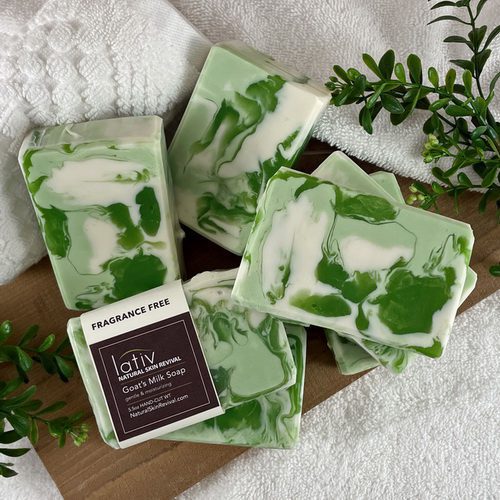
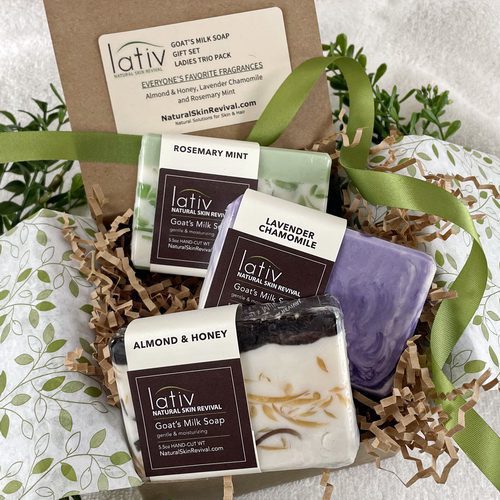
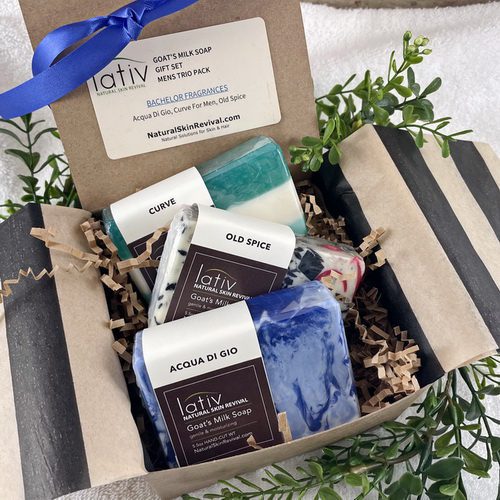
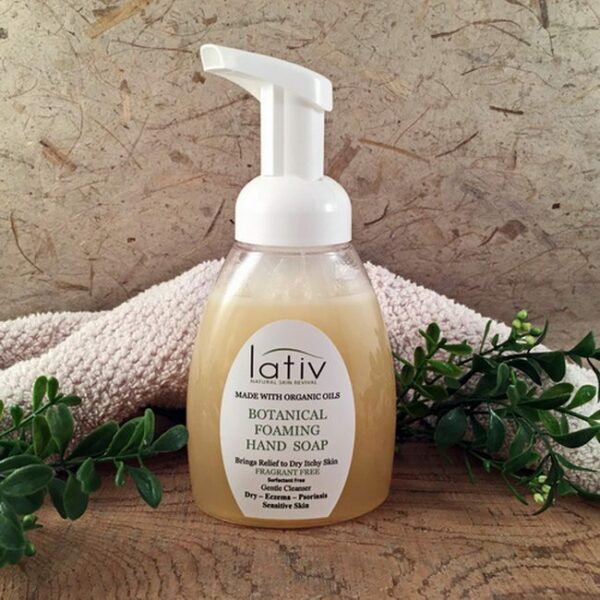
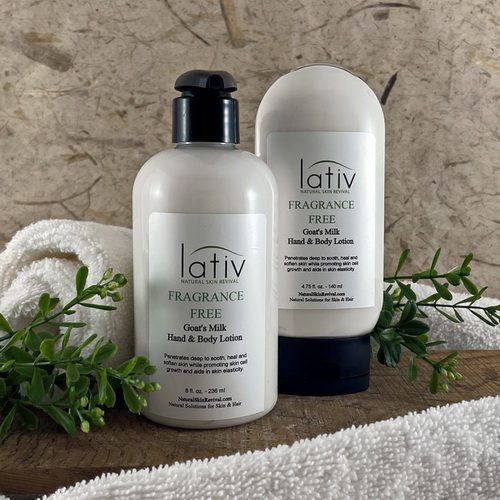
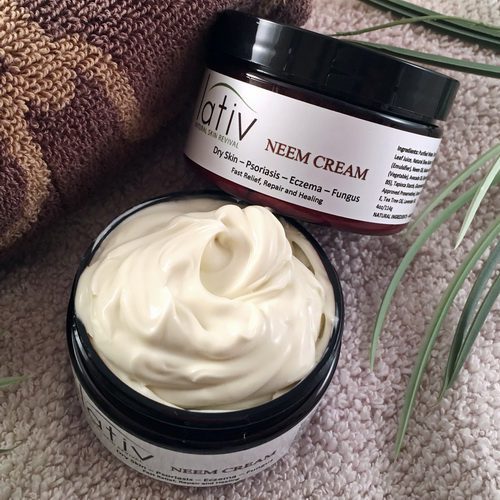
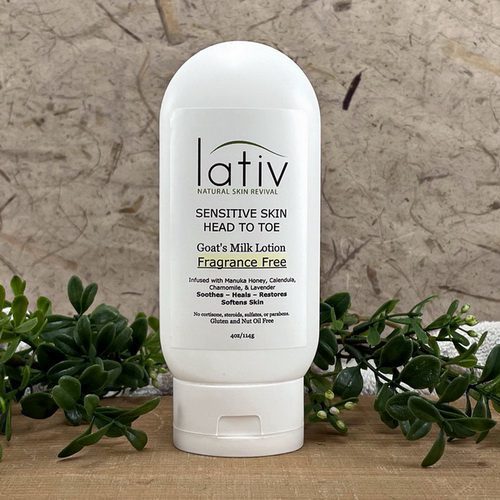
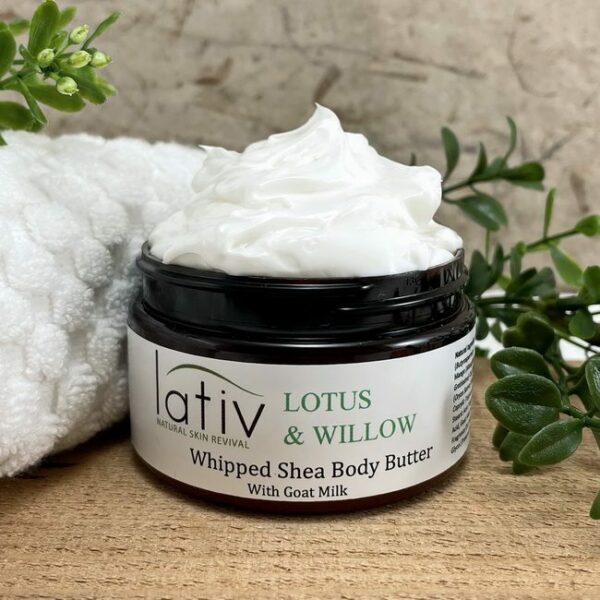
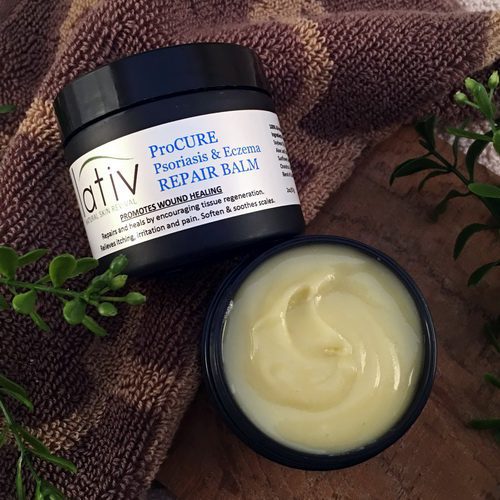
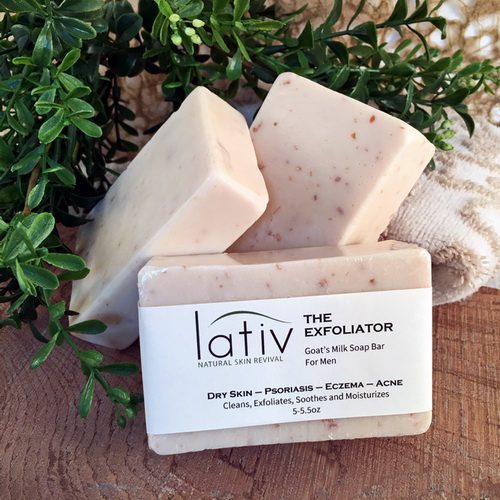
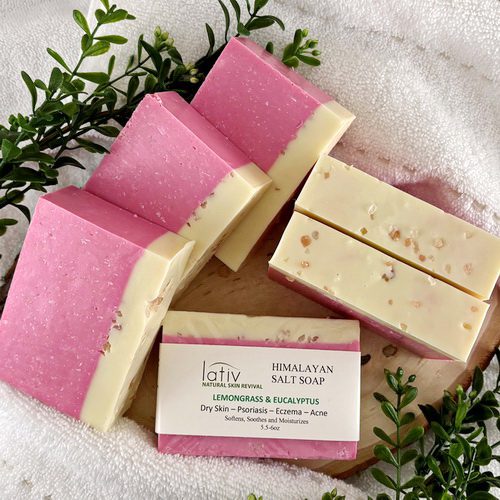
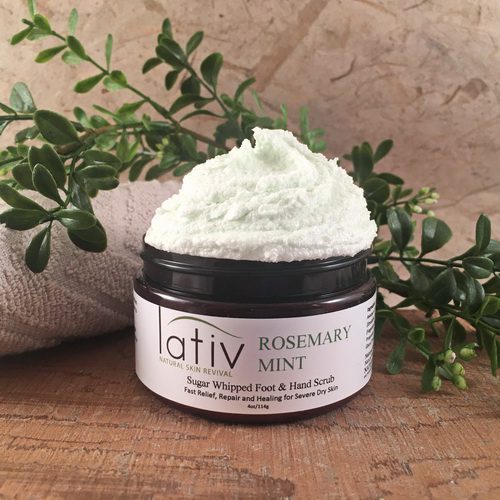
Comments are closed here.